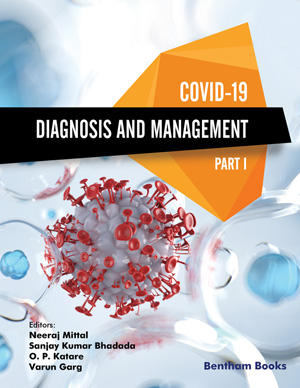Abstract
In the mid 20th century, virologists identified a new category of the virus, which has a fringe of projections on its surface that appears like a crown and named coronavirus. Coronavirus belongs to the family of pleomorphic spherical viruses recognized by bulbous surface projection and ssRNA. As the virus belongs to the family of RNA-virus, the chances of mutation are very high, which further increases its pathogenicity. The coronavirus mainly attacks the respiratory tract and ultimately leads to respiratory failure. Recent outbreaks of coronaviruses are severe acute respiratory syndrome and the Middle East respiratory syndrome, which cause a great threat to human health with a high mortality rate. Later on, in late 2019, a new form of coronavirus appears in Wuhan, China where numbers of people are recognized with pneumonia-like symptoms. The condition was entitled with COVID-19 by WHO on Feb 2020, which was declared to be pandemic by the same agency in Mar 2020. The COVID-19 is considered to be originated from bats, which then transmit to humans due to the consumption of contaminated animal raw. The virus is highly contagious and spread at a very high rate, which produces global health risks. Further various existing treatment is used for treating the infection but still the precise and accurate treatment yet to be investigated.
Keywords: ACE-II, Air droplets, Breathlessness, China, Chronology, Coronavirus, COVID-19, Genome, Helicase, Membrane protein, MERS, Pneumocytes, Pneumonia, Replicase, Respiratory distress syndrome, SARS, Structural proteins, Virus, World, Transmission.






















